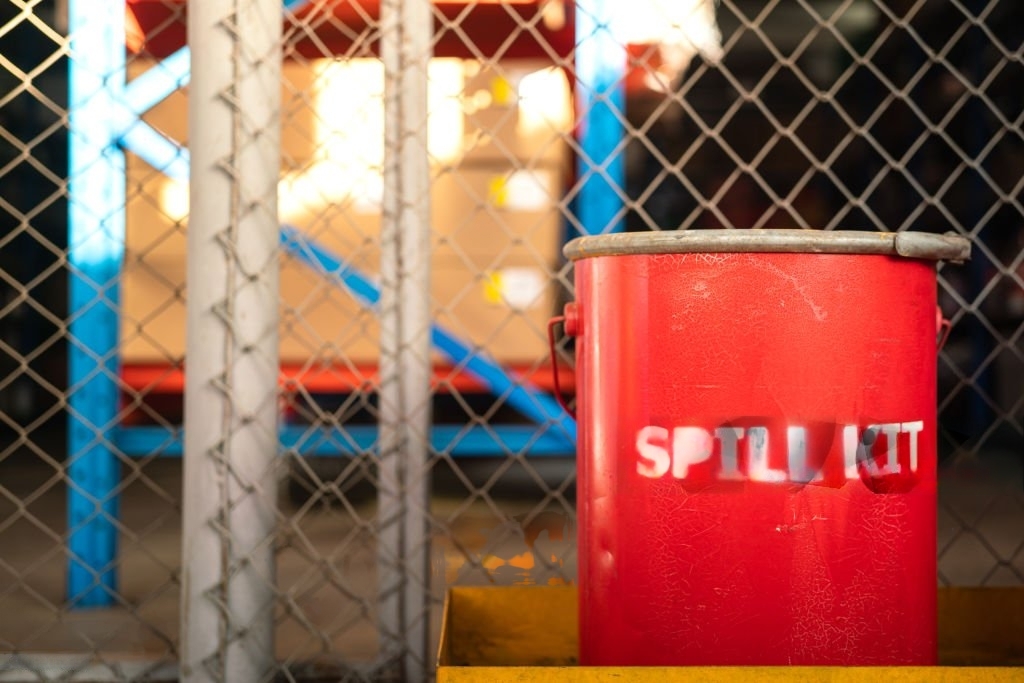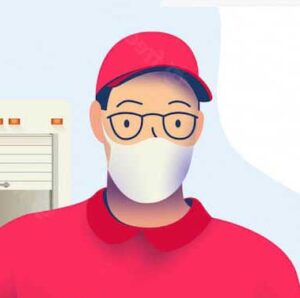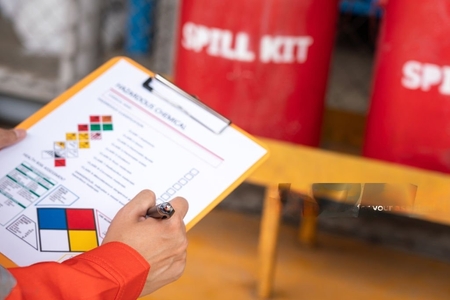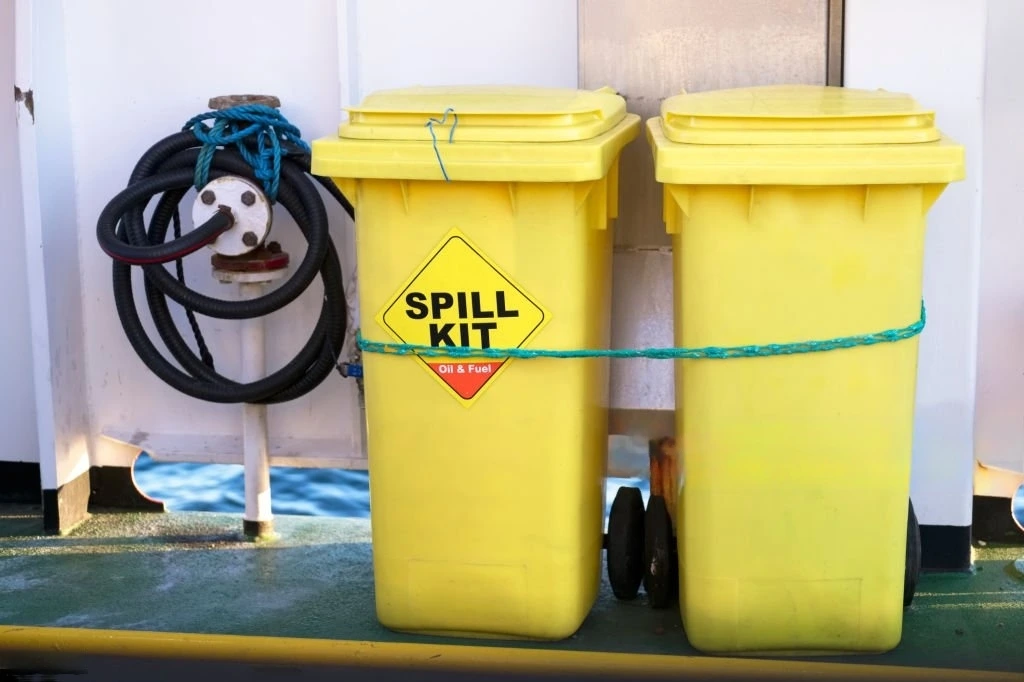If your business deals with carrying different chemicals, it’s important to have safety measures in place to prevent leaks and spills. Whether you’re transporting oil drums or containers of chemicals, it’s crucial to manage spillage. The challenge arises when dealing with various substances from different danger categories. How do you provide your staff with the right spill kits for each situation? This post breaks down the main types of spill kits and explains which substances they are suitable for. It also outlines basic safety guidelines for controlling and cleaning up chemical spills, helping you create a safe workplace.
Spill Kit Types
When picking spill kits for your business, think about what kind of chemicals you might need to clean up and how much of them could accidentally spill.
Usually, there are four kinds of spill kits available. They are:
- Spilchoice handy bag chemical
- Ultra-containment berm foam wall model
- Spill pallet 2 drum with drain
- Spill kit oil & fuel 65-gallon
In each kind of spill kit, there are specific tools and materials designed to help control, clean up, and get rid of spills or leaks of chemicals.
IMPORTANT: Only use a spill kit meant for the specific chemical you’re dealing with. Also, keep track of when you check and refill the spill kits to make sure they’re ready to use again after being used before.
A spill kit can have different things inside, like:
- Spill absorbents
- Containment booms
- Spill mats
- Floor sweep
- Brooms, dustpans, shovels, or other equipment
- Waste bags and ties
- Containers for split chemical packages
- Wheelie bin or carry bag for transport of spill kit materials
- Gloves and other PPE
- Instructions on how to use the kit
Make sure to teach people how to use spill kits and establish steps for cleaning up chemical spills. If someone isn’t on the spill response team, they don’t need special training for this
What are the Capacities of The Spill Kit?
The amount of chemicals you can clean up with your spill kit depends on how well the absorbents in the kit soak it up, including mats and floor sweep, and also on how much stuff is in the kit.
When figuring out what you need for your spill kit, make sure you have enough materials to clean up the biggest possible spill. You can find out how much you need by doing a spill risk assessment. This assessment should think about things like:
- What kind of chemicals might be let out? Check the Safety Data Sheet (SDS) for each chemical on-site to know its category, properties, and dangers.
- How fast can the chemical spread? Is it in a grainy, solid, or liquid form? Is there storage with barriers and floor protection?
- What situations could cause an accidental release? Can chemicals be pumped or poured freely? Do daily tasks increase the chance of spills?
- What’s the largest amount of chemical that could spill at once? Considering potential spill scenarios, what’s the most your staff needs to contain?
- Which areas could be harmed by the spill? Make sure your risk evaluation looks at the chance of a spill affecting other work areas and outdoor spaces (like water pollution and soil contamination).
- What safeguards are in place? Are chemicals handled and stored to minimize spill risks? Are containers sealed and stored properly? Is there training for staff in chemical safety?
Here’s a crucial tip: Use our 4-step plan to manage risks. First, spot potential problems. Then, figure out how risky they are. Next, take steps to control those risks. Finally, make sure your safety measures last. This approach helps businesses pinpoint dangers related to chemicals and evaluate the risk by considering how likely and severe the hazards are.
How to Choose the Correct Kit for the Work Area
In our post, we highlighted the importance of understanding different spill kits and the materials they contain. Whether you’re dealing with leaks of blood, floodwater, petrol, or corrosive substances, the effectiveness of your cleanup depends on the type and size of your spill kit.
It’s crucial to have the right equipment and regularly check and maintain your spill kits. This ensures they are always filled and working properly. To help you with this, we’ve made a spill kit checklist. Use it during your routine inspections to confirm that all your kits are fully stocked and meet the necessary standards.







